Monday, June 22: The Scribbler and High-Heeled Gumshoe
THE CALIFORNIA CRIME WRITERS CONFERENCE:
SELLING SHORTS
by Melodie Johnson Howe and James Lincoln Warren
The weekend of June 13-14, 2009, Sisters in Crime Los Angeles Chapter and the Southern California Chapter of Mystery Writers of America teamed up to present the California Crime Writers Conference in Pasadena, CA. The conference consisted of two days of presentations on topics of interest to both professional and aspiring crime writers in four curricula: dealing with the business of being a writer, the realities behind forensics and law enforcement, the craft of writing, and advice on getting published. The conference was a resounding success with 150 persons in attendance from all over the U.S.
On Sunday morning, and Melodie Johnson Howe and James Lincoln Warren presided over “Selling Shorts”, the only class dealing exclusively with writing and selling short stories. To listen to the presentation, click here. The recording lasts about 75 minutes.
The illustrations below reproduce the visual aids used by JLW during his half of the discussion.
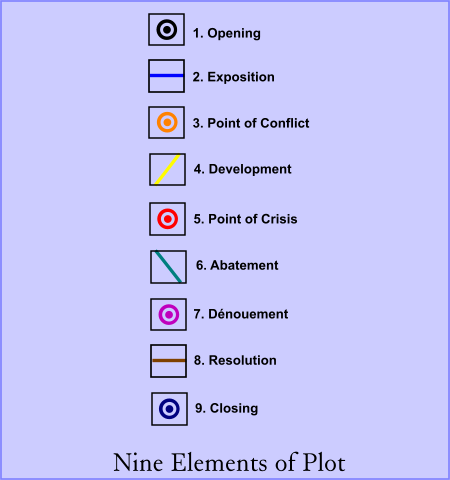
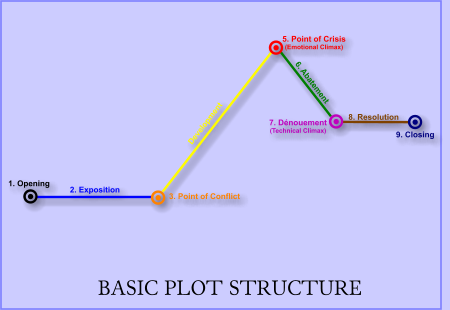
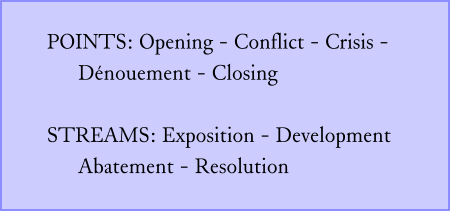
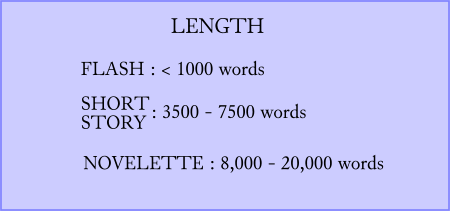


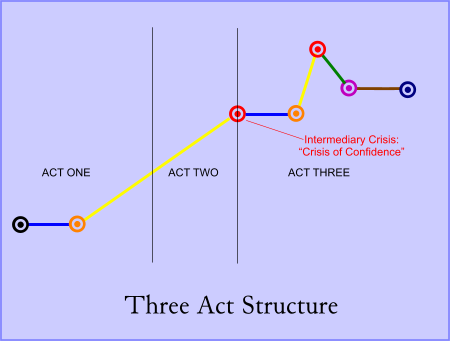
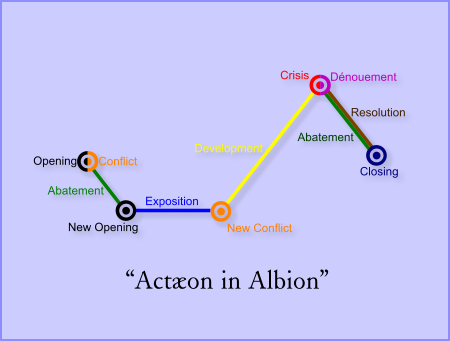
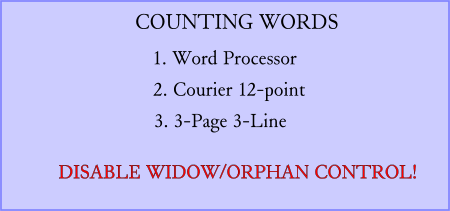





















You and Melodie covered a lot of ground in a short time. The combination of poor speakers and less-than-perfect hearing caused me trouble. One thing in particular I wanted to hear was how to disable widows and orphans. I have never been able to find how it’s done.
James, thanks so much for making and posting the audio recording. Haven’t had a chance to listen to it yet but am looking forward to it. Love the diagrams!
One thing in particular I wanted to hear was how to disable widows and orphans.
I already wrote to Dick telling him how to perform this function on Word 2002, which is the word processor I usually use, but it’s really a topic for a future column.
For the uninitiated, widows and orphans are lines of text that appear by themselves at the top or bottom of pages. Microsoft Word will move them to the previous or following page to make things look pretty, but fiction manuscripts should not “correct” them, since there should be the same number of lines on every page.
Wow is a piece of art those diagrams. It say a lot of the structure of a plot!
Welcome back, Emma! I hope you weren’t at all distressed by my doubts as to whether your last comment was genuine or not. You are always welcome here.
Such great symbols in that first diagram above. I can envision them in those little flags strung out in lines on boats to signal things. (OK, busted, I’m clueless as a boater, I’m more a ‘friend of boat-owners’ type.)
Wouldn’t that be great if boaters had flags to signal “mystery writers aboard.” Or other writerly messages! Like finding a friend in a strange bar.
A
Thanks for helping me get rid of the widows, JLW. The orphans, too. Don’t know why I had never been able to find they way.
I can’t believe that you detailed Word Count (25 minutes into the recording), because I had come to think I am the last person on the planet who still does word counts manually without using the computer.
I have long since given up trying to explain “obtaining an accurate Word Count” to my writing group (who are all writers in their 20s and 30s), though, because they all have computers and who simply do not want to do the manual work required to get an accurate word count. They absolutely refuse to believe that it matters.